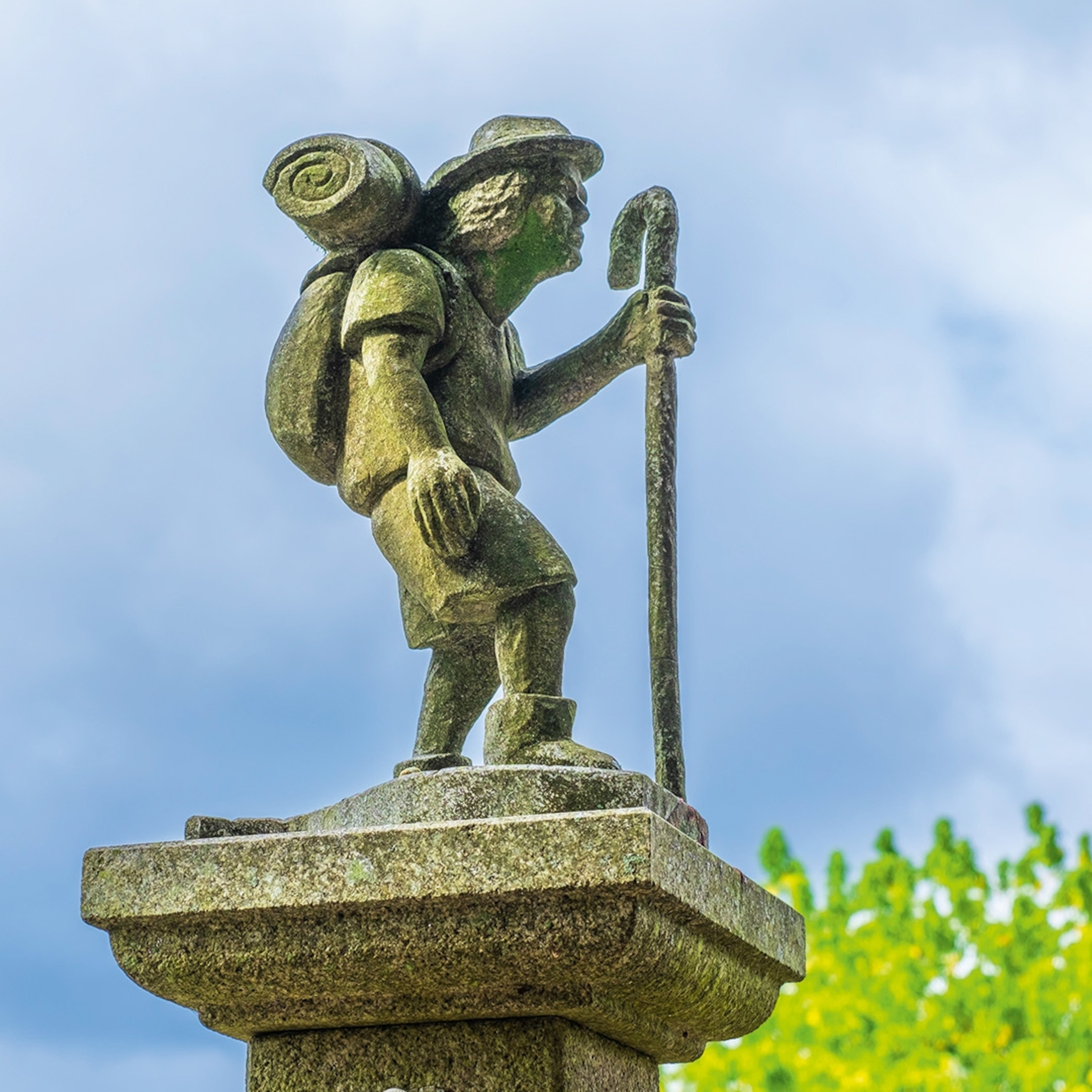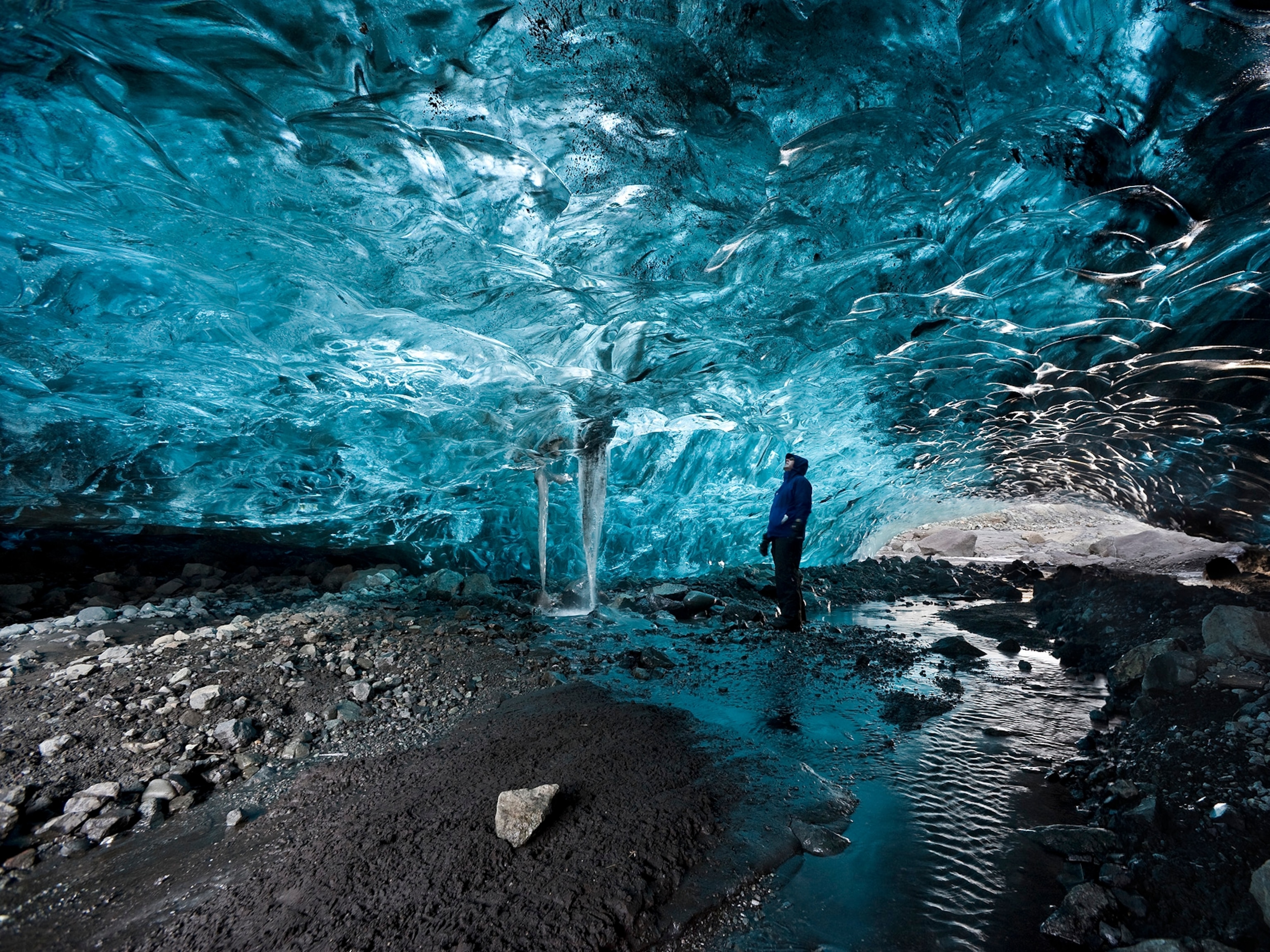
How to plan a hike along Iceland's epic Fimmvörðuháls trail
Walk in the footsteps of Vikings and discover epic geology on the Fimmvörðuháls Trail.
You don’t have to stray too far from Reykjavík to lose yourself in the elemental embrace of rural Iceland. With hot springs, waterfalls, glacial peaks and vast open spaces just a short drive from the capital — many of them easily ticked off on a ‘Golden Circle’ tour — adventure is never far away. Seeing these soul-stirring landscapes from the comfort of a 4x4 is a thrill. But the best way to explore — and lose yourself in the great outdoors — is on foot, and few routes offer such immersion as the Fimmvörduháls Trail, one of Iceland’s most popular treks.
Two hours from Reykjavík by car, the trail runs for around 16 miles in the south of the island, starting at the mighty Skógafoss waterfall and ending in Thórsmörk. But don’t let the relatively short length deceive you: this is a challenging hike, encompassing a variety of gradients, weather and topography, and a guide and reliable kit are recommended. Seasoned trekkers could manage the route in a day, but it’s worth splitting it over two days with an overnight stay in the mountains — offering even more time to bask in the silence of these diverse, mystical landscapes. The trail is only really feasible between May and September and accommodation en route is closed entirely outside of summer (wild camping isn’t permitted on the route), so you’ll need to plan ahead.
1. Skógafoss
Start at one of Iceland’s big-ticket sights: a thundering waterfall roaring over the edge of a 200ft cliff. This was once where the island ended, but over thousands of years the sea retreated several miles creating new land beneath Skógafoss’ ancient cliffs. Fed by two glaciers, Skógafoss is a popular fishing spot in the summer and, on clear days, rainbows form in its billowing mists. Like much of Iceland, the falls are steeped in myth and legend, too: one story goes that a Viking named Thrasi buried a treasure chest behind the falls in around 900 AD. Local men went to find the treasure in the 17th century, but only managed to retrieve the chest’s ring handle, which can now be seen at the church in nearby Skogar.
2. Skógá river
Set off on the trail proper and wend your way along the course of the Skógá River for around five miles. For many, this is a highlight of the hike, following the river as it cuts a twisting, turning line through the dramatic landscape. It’s broken up by scores of waterfalls of various heights and widths, only adding to the drama. There’s a fairly gentle increase in gradient along this stretch — all the better to admire the gorge’s crystal-clear water, wildflower meadows, dark rock and dazzlingly green grass from above. Take time to savour the views, with only fellow hikers and hardy sheep for company.
3. Baldvinsskáli
After crossing the bridge over the Skógá, the scenery shifts dramatically — lush grass gives way to a stark, dark moonscape of rock and gravel. This plateau is home to some of the newest volcanic landscapes in the world, including the ashy aftermath of nearby Eyjafjallajökull, the volcano that notoriously erupted in 2010. If you’re breaking up the route over two days, then bed down at the Baldvinsskáli mountain hut — it has 20 mattresses and a basic kitchenette (though no running water) and makes a useful stopping point before tackling the next legs. It’s only open in the summer, and worth booking well in advance.
4. Magni and Módi
Push on up in the shadows of glaciers through the Fimmvörduháls Pass, where the route reaches its highest altitude of around 3,300ft above sea level. Take care on this section; there are challenging snowfields to cross, even in the summer months. But there are incredible sights to behold — the 2010 eruption created two new mountains, Magni and Módi, named after the sons of Norse god Thor. These are some of the youngest geological features on the planet, so, conditions permitting, it’s worth a detour to Módi, whose rocky, blood-red slopes offers breathtaking views of southern Iceland. There’s also another hut in this area, the Fimmvörduháls mountain hut, in case you’d prefer to stop or spend the night here instead.
5. Godaland
Like a divine vision, the barren, volcanic landscape begins to return to green as you descend into Godaland — quite appropriately, too, given that this stretch is named the ‘Land of the Gods’ in Icelandic. Hike across a vast plateau, surrounded by peaks, or descend via the moody, mossy canyons towards the northwest. These offer a slightly shorter but more technical route, and you’ll teeter along rocky ridges and narrow cliffside passes (many of which, luckily, have chain handrails to grab onto), as the Hvanná River winds like a serpent through a lush gorge.
6. Thórsmörk
This scenic, birch-dotted ridge — it translates as ‘Thor’s Woods’— is a fitting end to a landscape so awe-inspiring it feels crafted by the hands of a god. Under the gaze of Útigönguhöfdi, a near-perfect volcanic cone, the canyon twists round and meets Thórsmörk’s vast valley formed by the confluence of three glacial rivers. Básar marks the end of the hike, but adventurers may want to carry on: this is the southern trailhead for the popular Laugavegur trail to the glacial, hot springs area of Landmannalaugar. Alternatively, there’s a campsite if you’re planning on spending the night or you can pick up local transport back towards Reykjavík.
Published in the April 2022 issue of National Geographic Traveller (UK)
Follow us on social media
Facebook | Twitter | Instagram







